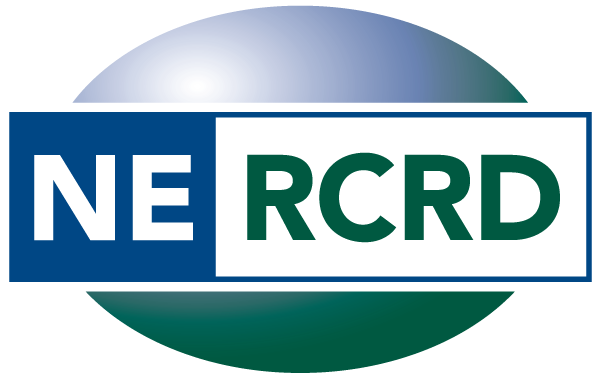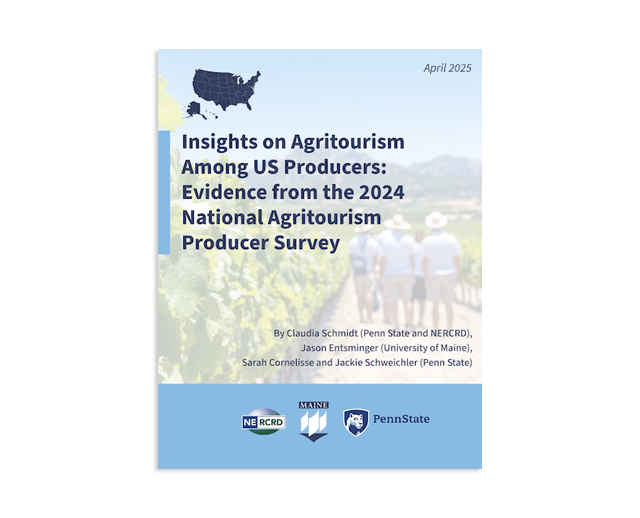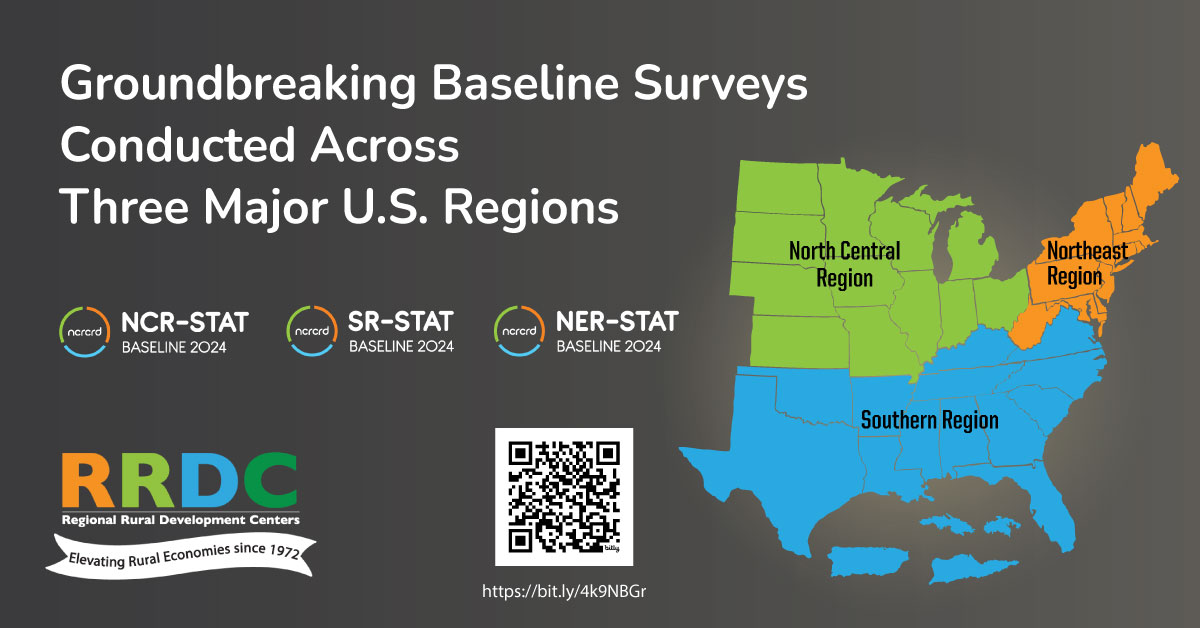Archive for Economic Development, Resilience, and Innovation
Rural-Suburban-Urban Differences in Caregiving in the Northeast U.S. Region
This “Research Snapshot” describes the caregiving experience for rural, suburban, and urban caregivers in the Northeast region of the U.S., as reported by households as part of the “NER-Stat: Caregiving Survey” — a regional household survey that the North Central Regional Center for Rural Development (NCRCRD) conducted in collaboration with Northeast Regional Center for Rural Development (NERCRD), The Ohio State University and the National Farm Medicine Center. The survey was conducted in 2023 with 4,480 responses from the 13 states of the Northeast Region through a Qualtrics online panel. The dataset that this brief draws upon is also available online here: https://purr.purdue.edu/publications/4491/1
To learn more about this research and to access other briefs in this caregiving series, click here.
Authors: Elena Pojman and Florence Becot
Publication: NERCRD Research Brief Date Published: June 24, 2025
Tags: caregiving
Design: A critical input to rural innovative entrepreneurship
Abstract: Described as a mediation between people and technology, design is critical to innovative entrepreneurship but has been ignored in innovation research. The rigorous study of design has suffered from an inability to differentiate firms that approach design as ad hoc from those approaching design as a structured, creative process. This research uses newly available data from the 2022 Annual Business Survey Design Module categorizing 4 different approaches to design. These data allow us to examine the link between design and innovation with a focus on businesses in nonmetropolitan counties that challenges conventional wisdom that design is overwhelmingly an urban phenomenon.
A news release describing the key findings and their implications is available here.
Authors: Timothy Wojan, Luyi Han, Zheng Tian, Stephan J. Goetz
Publication: Journal of Innovation and Entrepreneurship Date Published: June 18, 2025
Tags: rural innovation
Insights on Agritourism Among Maine Producers: Evidence from the 2024 National Agritourism Producer Survey
This report presents Maine-specific findings from the 2024 National Agritourism Producer Survey, conducted in part to address the type of knowledge gaps just identified. The online survey was open from March through August 2024, and 2,139 agritourism operators across the United States responded. A total of 94 survey participants identified themselves as being in Maine by reporting the postal (ZIP) code of their farm.
Authors: Jason Entsminger (University of Maine); Claudia Schmidt (Penn State and NERCRD); Sarah Cornelisse and Jackie Schweichler (Penn State)
Publication: Published by NERCRD Date Published: May 2, 2025
Tags: agritourism, agritourism data brief, data brief, survey
Explaining the Urban-Rural Export Gap: Evidence from U.S. Firms
Abstract: The U.S. urban-rural export gap is important given the share of manufactured goods in exports, the rural concentration of manufacturing activity, and recent federal investments in place-based policy. These investments raise questions about the size of the export gap and whether it is explained by differences in endowments or inherent rural disadvantages. Confidential trade data linked with business survey data alongside county-level variables allow an Oaxaca-Blinder decomposition of the export gapUrban factors compensate for a less trade favorable industry mix, including the advantages of urban scale in export performance which may be insurmountable for rural areas.
Authors: Luyi Han, Timothy R. Wojan, Zheng Tian, Stephan J. Goetz
Publication: Journal of the Agricultural and Applied Economics Association Date Published: March 30, 2025
Tags: rural innovation






